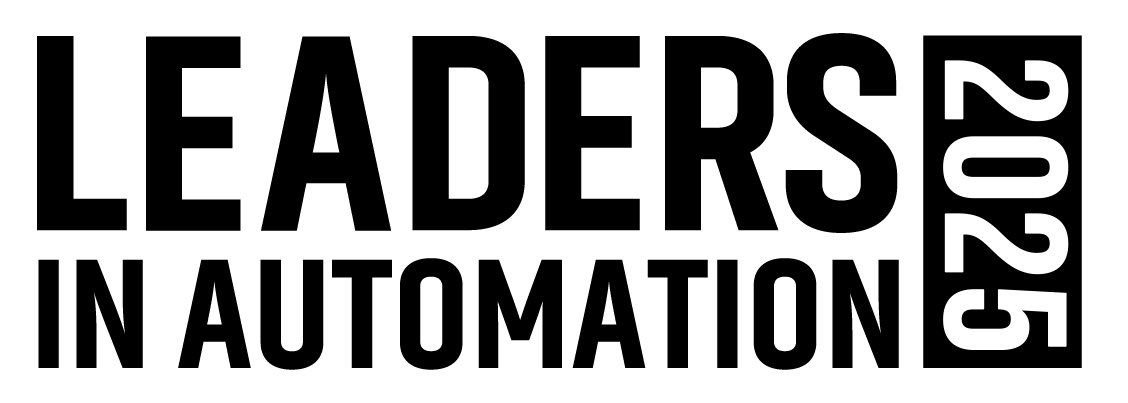PackML should provide horizontal integration at the PLC level
One controls supplier put it this way.
"What is specified is the direct communication to the MES and SCADA level through OPC. But for communication on the machine level, the work was not finished. The communication between different PLCs is not standardized. You have different technologies from different vendors and too many proprietary networks. Communication between machines is more or less impossible."
So how do machines communicate with each other? By means of hard-wired I/O or through a supervisory or SCADA system that runs on top. But this is not what packaged goods companies want on their lines. They'd rather have the packaging machinery OEM configure the HMI in such a way that the IP addresses of the upstream and downstream machines are readily recognized. Here's how an engineer at one consumer packaged goods company put it to me.
"We want plug and pack. We want to buy equipment, plug it into our network, and start to pack. We want horizontal integration of our equipment. Every project is different. No two lines are the same. So each time we have to specify how we will control the line, how we will integrate the equipment. The idea of plug and pack is to solve this issue, to make it a standard for everybody. Of course we have internal solutions, but they're not international. We think PackML will help us define our line integration strategy."
The same engineer feels that PackML needs to be better established before MES solutions based on PackML can be properly defined. He says: "It would be better to have a well established standard in the area of horizontal communications from equipment to equipment before looking at MES. That's where our focus is: equipment to equipment. Then we'll look at MES."
Another thing that is becoming clear is that broader adoption of PackML has probably been delayed partly because the people at the plant level are not getting a clear enough message that PackML is a benefit and not a risk. Corporate engineering understands this. But it needs to be communicated more effectively at the plant level. Otherwise, even if PackML is in the corporate electrical specs, the packaging professionals who actually specify machinery at the plant level may not necessarily abide by what's in the corporate spec.
One final note about PackML is that the OMAC Packaging Workgroup, which does the lion's share of the work that still needs to be done in getting PackML more broadly implemented, is now back to being a more or less independent entity. It was part of ISA, but financial troubles in the wake of the recession made it impossible for ISA to fund OMAC. Consequently, OMAC is at a point now where additional memberships are more important than ever. To learn more about PackML and the OMAC Packaging Workgroup, visit http://omac.org/content/packaging-workgroup.
About the Author
Pat Reynolds
VP Editor Emeritus

Leaders relevant to this article: